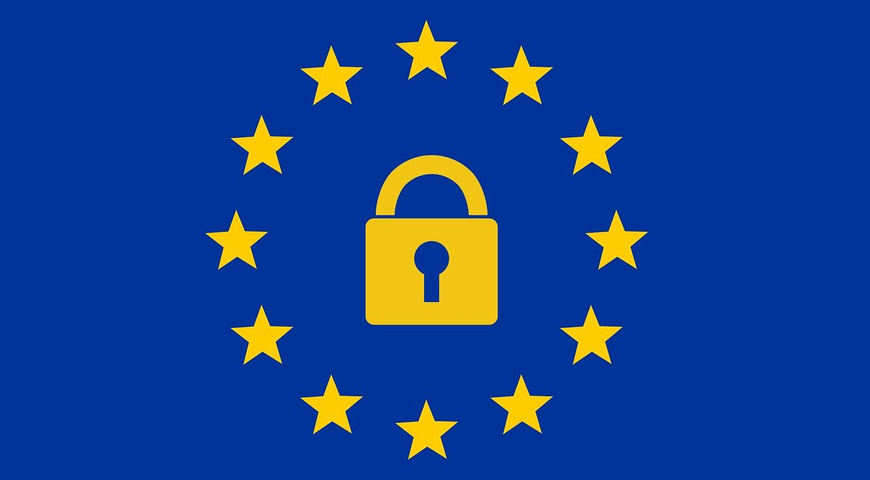In 2016, Microsoft SharePoint was used by 80 percent of the Fortune 100 companies – with no sign of usage slowing in the years to come. It should be no surprise, then, that SharePoint annually collects more than $2 billion from tens of thousands of businesses and tens of millions of users.
If your business is one of these, your SharePoint application needs to be included in your data protection strategy – alongside your email, databases, ERP, and CRM systems — to ensure consistent, long-standing business continuity. However, SharePoint’s scalability and deployment flexibility can make backup challenging. Fortunately, no matter how complex and customized your SharePoint infrastructure may be, there are five simple tips that can help ensure that your application is protected just as robustly as the rest of your system:
1. Back up more to lose less
In the simplest scenario, SharePoint can be installed on a single server. However, its ability to scale to large clusters, called farms, is what makes the risk of data loss increase to truly frightening levels. To counter this threat, plan your SharePoint backup with the same foundational knowledge you use for all your other system components – the more you back up, the less you lose. Back up every node in the cluster, every connected system, and every storage device – be it on the cluster nodes, or shared SAN LUNs. Don’t forget to back up Active Directory too – it’s often intertwined with your SharePoint.
2. Invest in a SQL-aware backup solution
Not all backup solutions are created equal. Your company’s SharePoint application uses a Microsoft SQL database. To comprehensively protect it, then, you need a SQL-aware backup solution. At a minimum, your solution should be able to back up individual databases, truncate logs, and restore the database in RECOVERY, NORECOVERY, and STANDBY modes.
3. Back up operating systems
For a reliable recovery, it’s not enough to just back up the SQL databases of your SharePoint installation. SharePoint includes configuration files, application, and even Windows operating system registry settings, related to SharePoint. Use a disk-imaging backup solution to create complete backups of your entire nodes, not just databases.
4. Perform an offline backup before major infrastructure changes
If you’re planning to implement major changes to your SharePoint infrastructure, create a complete snapshot of your entire SharePoint farm first:
- Shut down every system in the farm, including SharePoint servers and domain controllers. Make sure to shut them down in the order suggested by Microsoft. Keep all the shared storage devices, like SAN or NAS, operational
- Boot each system with bootable media from a disk-imaging backup solution and create an offline image of your entire system
- Make sure none of the systems in the farm runs while you create these images
This process will give you a snapshot of the entire farm, and if the infrastructure change fails for some reason, you can quickly and easily roll back your entire setup to an operational state.
5. Be prepared for granular recovery
Not every recovery follows a disaster. More often than not, recovery procedures are put into place simply to restore a single document or folder that was accidentally deleted or overwritten. Choose a backup solution that can restore single documents or items from your SharePoint, without the need to restore the entire infrastructure.
About Acronis
A Swiss company founded in Singapore in 2003, Acronis has 15 offices worldwide and employees in 50+ countries. Acronis Cyber Protect Cloud is available in 26 languages in 150 countries and is used by over 21,000 service providers to protect over 750,000 businesses.



